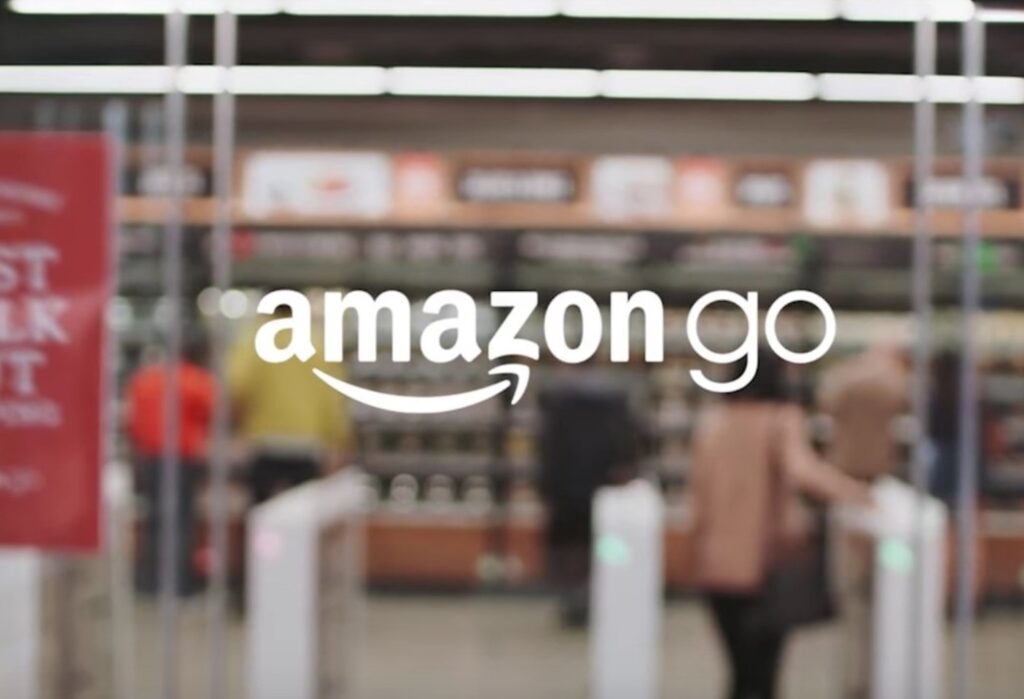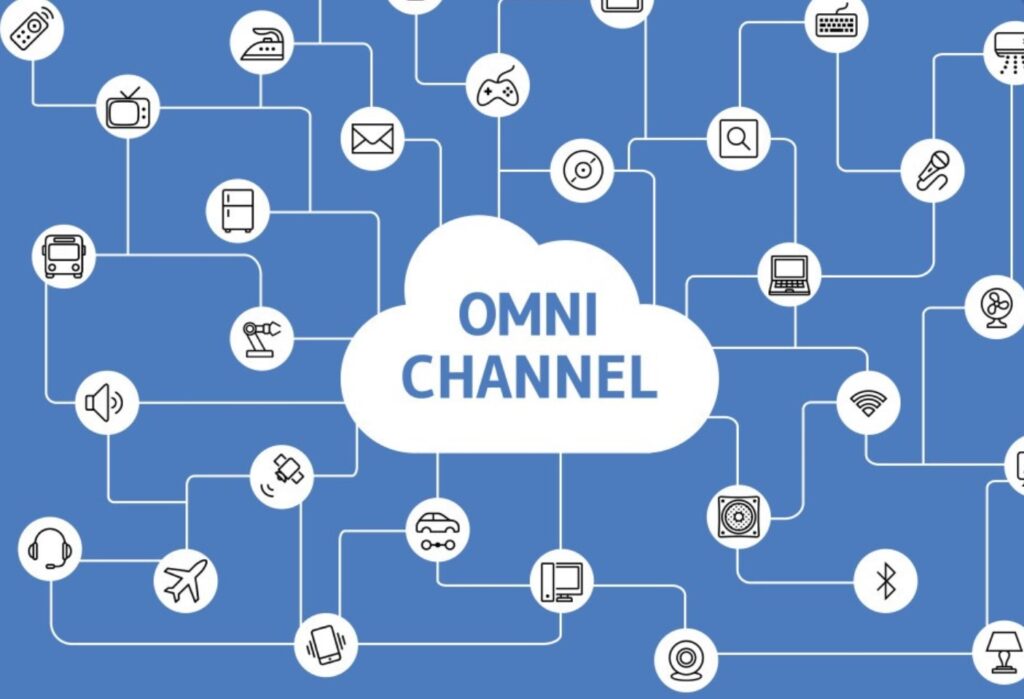For the last few years, marketers have stressed the importance of providing omnichannel support. Today we’ll explain why it’s time to ditch this concept in favor of a channel-less service experience.
Why?
Your customers think in terms of the interaction rather than the channel. They wish to use the media more convenient for them, naturally. More importantly, however, they want to experience consistency with every interaction.
Viewing each channel as a separate entity is more convenient for businesses than the client. Forward-thinking firms are increasingly moving away from this model to provide customer-centric channel-less service.
In this post, we’ll delve into what the shift entails and how you can start to make a move across.

What Does Channel-Less Service Mean?
Omnichannel implies a generic approach and covering all potential communication channels and interactions. It treats every touchpoint as a separate entity and implements a strategy that cobbles them together. With the focus on optimizing for each platform, it’s challenging to create a consistent customer experience.
Channel-less service takes a different approach. It begins by creating an outstanding customer experience and then recreates that over other channels. It’s a contemporary development on the typical customer contact desk.
Instead of dividing the service departments into separate units based on the contact method, you provide a central contact point. Modern service centers can monitor the client’s interaction across several touchpoints, providing a consistent experience. You can go here for more details on how this works.
The channel-less experience is a more agile solution that allows the brand to quickly adapt to new communication platforms and still deliver impeccable service.
An example illustrates the differences well. With a traditional strategy, you might create a sponsored post on Snapchat linking through to an influencer’s review of your firm’s latest gadget. The lead clicks through to read the article, which triggers an advertising pixel or email marketing campaign. It’s an inelegant solution with far too many steps for the modern consumer.
With channel-less service, you skip the downstream triggers and provide your client with a more efficient solution. As they read the post, you provide them with a call to action leading directly to the order page.
By reducing the number of steps, you show the client that you understand their needs and reduce the chance that they’ll reconsider their purchase. By providing the client with the information first, you’re also shifting away from pushy sales techniques.
A further advantage is that you now know which clients react well to new launches and can target them in the future.

Creating the Channel-Less Experience
Moving across is less difficult than you might believe but requires some significant mind shifts.
Focus on the Client and Their Experience Rather Than the Platform
Your customer connects with your brand. They expect consistency whether they’re dealing with a consultant on the phone, in-person, or via email. Modern consumers are used to shifting from one mode of contact to the other, and you must make the transition seem seamless.
Brands must carefully examine the customer journey and develop an experience that fits into that journey. Herding clients to suit ourselves is a technique that is fast becoming obsolete.
Consider each potential interaction and look for ways to enhance the client’s experience. Instead of creating one generic experience to cover all instances, create several versions that allow more flexibility in the approach.
Aim to delight clients through a series of memorable moments, and you’ll be able to react to changes across the client’s journey quickly and effectively.

You Must Embrace Technology
To create an immersive, seamless customer experience, you’ll need a little help. With consumer reactions becoming harder to predict, it’s time to embrace artificial intelligence that can determine what the client’s next action is likely to be based on their history.
AI will help us in managing those memorable moments by being able to shift conversational marketing from one platform to the next in real-time. Machines will help us keep the conversation consistent across various channels so that the client barely registers the shift.
The Amazon Go store is an excellent example of this concept in action. Amazon’s goal was to make shopping as painless as possible. They theorized that clients would appreciate the convenience of not having to stand in line while waiting for a cashier to total up their groceries.
They use advanced AI technology to keep track of purchases, so there’s no need for a cashier. Everything is managed through their app. It was a revolutionary concept and one that worked. In a little under three years, the number of stores has grown from one to twenty-seven.

The Amazon Go business model will not work for all businesses. It is, however, a great example of the type of out of the box thinking that makes a channel-less strategy so effective.
To establish what technological solutions your brand requires, you must look at both what the client buys and why they buy these items. By understanding the consumer’s thought process behind purchases, you’re better able to predict which platforms they require.
You may then work on creating a set of memorable moments that make a hype-personalized experience for the client.
This Experience Runs on Data
Perhaps the most significant shift is from a reactive channel to a predictive one. With omnichannel service, the client usually initiates the contact, and the company reacts.
A channel-less strategy relies on a more predictive model, and that explains why it’s so successful. Your firm works toward giving clients relevant answers to questions they didn’t think of yet. To do so, you’ll need a channel-less database as well.
You’ll have to collect data from several departments and work it into meaningful consumer behavior models, accessible at one central point. AI and your service consultants can then use that database to their full advantage.

Final Notes
Moving across to a channel-less strategy entails far less work than it seems. Many companies have started to make the change naturally as technological solutions become better integrated. To take the final step, firms must view every touchpoint from the client’s perspective and convenience.









